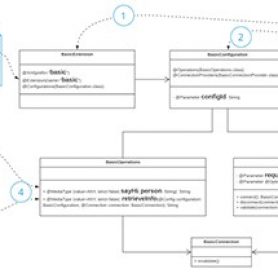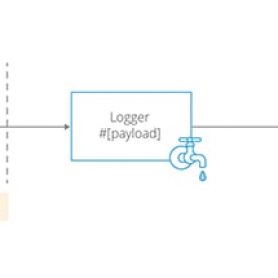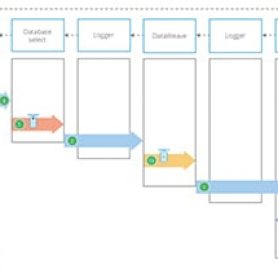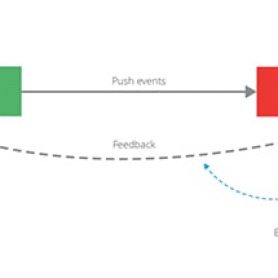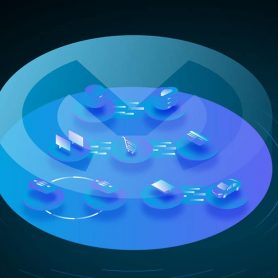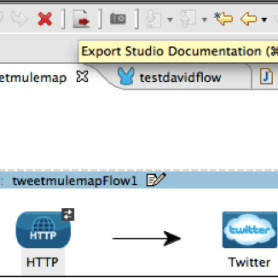Scalability features in Mule 4 SDK
This final post in my Mule 4 high scalability blog series is on the Mule 4 SDK. (more…)
Streaming in Mule 4
This is part four of my five-part series documenting high scalability in Mule 4. If you haven’t read part one, Scale your APIs with
Thread management and auto-tuning in Mule 4
My first two posts in this Mule 4 blog series were on scaling your APIs and reactive programming in our newest version of Mule
Reactive programming in Mule 4
As mentioned in the first post of this Mule 4 blog series, Mule developers build integration solutions that must cater to high volumes of
Scale your APIs with Mule 4
Mule developers build integration solutions that must cater to high volumes of realtime and batch data. In some cases, the size of payloads can
Designing for change with APIs: User provisioning automation at MuleSoft
Onboarding new employees in an organization has become a major headache for IT teams in every industry. With the advent of cheap cloud applications and
API security: Platform capabilities and API-led Connectivity example
This is part 3 of my API security blog series. I will be showing an example scenario of how Anypoint platform can be a
API security: Keeping data private but accessible
This post is part 2 of 3 for my ultimate guide to API security best practices series. In this post, I will be discussing
API security: Ways to authenticate and authorize
This post will be part 1 of 3 for my ultimate guide to API security best practices series. In this post, I will be
Getting Started with DataWeave: Part 4
In this final part of our introduction to DataWeave, we now present you with some example transformations. Just in case you missed the previous posts





